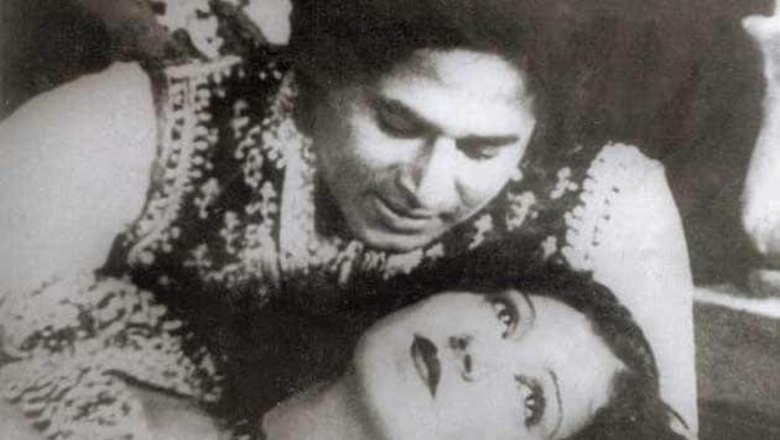
views
When the first talkie - Ardeshir Irani's 'Alam Ara' came out in 1931, India was already familiar with the concept of feature films. In fact a flourishing film industry already existed post the success of 'Raja Harishchandra'. Filmmakers were making silent films in many states, each experimenting with filmmaking, and the idea of narrating a story through 'moving pictures'.
Yet, when Alam Ara was released in Mumbai's Majestic Cinema, police had to be called for crowd control. The film, not only broke the dominance of silent films, which were being made till then, but it also introduced the concept of music and playback in Indian cinema- something that continues to be the highlight of Indian films till date.
The film had lot of firsts in it. It was the first talkie to be made and release in India. It introduced the concept of music, it also gave India its first playback singer in the form of Wazir Mohammed Khan, who also acted in the film along with actors Master Vithal, Zubeida, J.Sushila and Prithviraj Kapoor.
But while Alam Ara was the first talkie to be released, there were several other filmmakers who were at the same time making talkies in regional languages. While 'Alam Ara' released in March 1931, Madan Theatre's 'Jamai Shashti' released in April the same year and became the first Bengali talkie. Multilingual 'Kalidas' released in October in Tamil Nadu and thus paved way for many more of such films. The advent of talkies also completely put a full stop on the silent films- something that many of the pioneering filmmakers like Dadasaheb Phalke couldn't cope with as they felt that silent films was a form of art and introduction of sound corrupted the art form.
The innitial talkies could easily be called elaborate dance dramas. The stories were narrated not merely through dialogues but elaborate songs. While 'Alam Ara' had seven songs, subsequent films, which released in the same year, increased the songs in the films. Madan Theatres' film 'Shirin Farhad' which released in May 1931 had 18 songs. A year later when Indra Sabha released, it had 69 songs in it- which was also a Madan Theatre production. Music became an integral part of movies in India ever since and eventually the song-dance routine gave Indian cinema its unique identity.
Talkies also heralded an era of new kind of stories. The silent era mostly fell back upon mythology for scripts, but talkies experimented with new ideas, some folklore, some fairytales, love stories and social themes. V Shantaram in his film 'Amritmantha' (1934) questioned the theological absolutisms and ritualistic society that existed at that time. Premankur Atorthy's 'Dena Paona' (1931) explored the atrocities of zamindars in villages while 'Devdas' (1935) sought to explore the self-defeating nature of social conventionalist.
Indian cinema changed and evolved immensely post the talkies. Films had an unique blend of tradition and modernity and tried to experiment with new technical aspects. The films were recorded live, and west influenced heavily in the films that were made. The society was also slowly opening up to the idea of this new kind of entertainment. While cinema viewing was earlier restricted to a certain section of the society-namely the elite, the talkies brought the middle class as well to the theatres.
By the 1940s, the formula for a box office hit was discovered- almost all films had an elaborate routine of song and dance- something that was introduced in the last decade and something that continues to be an integral part of our cinema till date.
















Comments
0 comment